Human-wildlife conflict occurs when animals pose a direct and recurring threat to human populations, leading to retaliatory responses that often involve harm or killing of the animals. This conflict is not just a problem for humans—wildlife, including big cats, face serious threats from these encounters.
The Majestic Big Cats at Risk
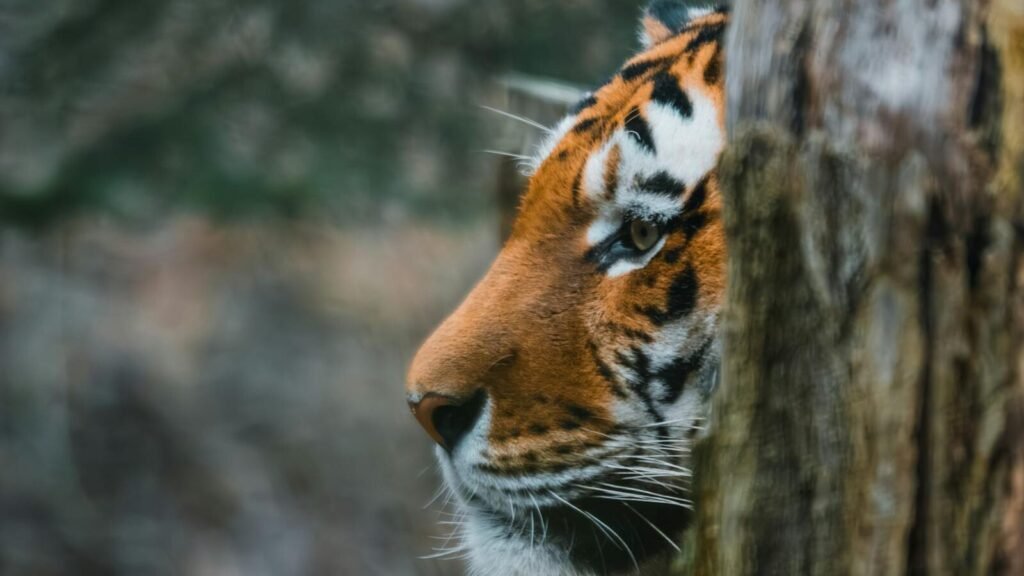
Big cats such as lions, tigers, leopards, and cheetahs are iconic species renowned for their power and grace. These majestic creatures are crucial for maintaining balance in their ecosystems, but human activities increasingly threaten their survival.
Key Causes of Human-Wildlife Conflict
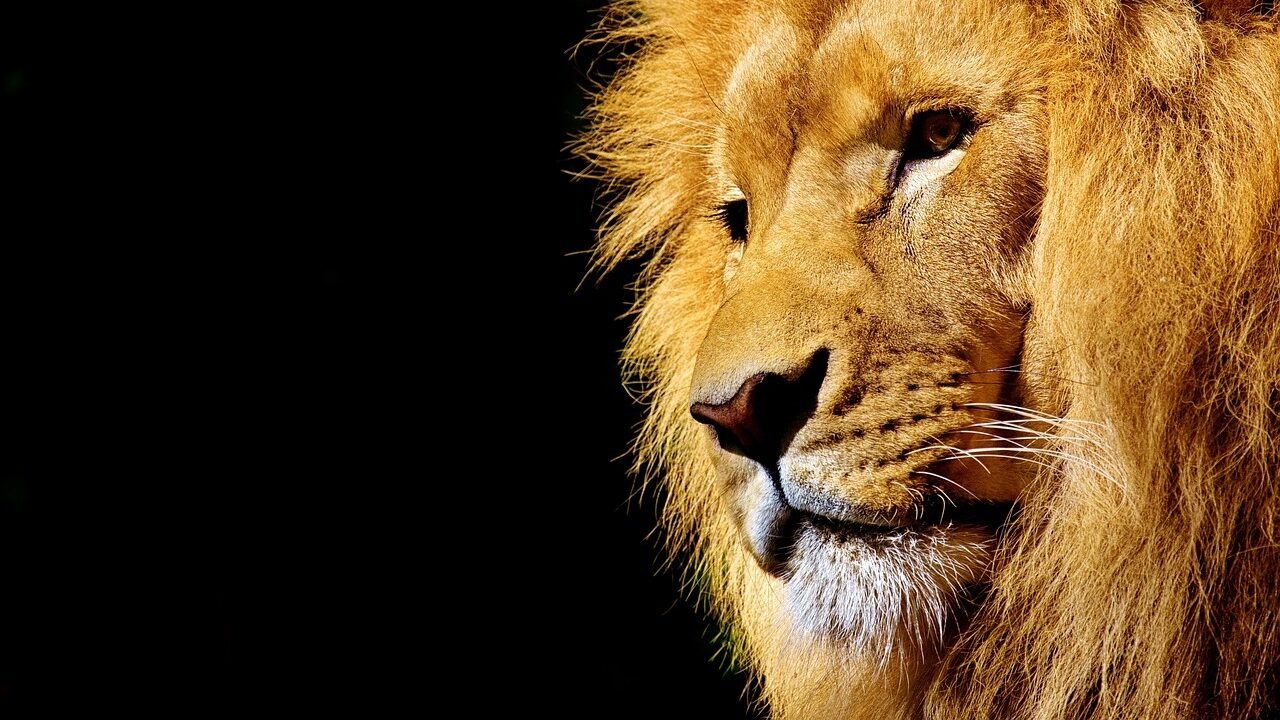
The primary causes of human-wildlife conflict stem from habitat destruction, competition for resources, and expanding agricultural activities. These factors bring humans and big cats into closer proximity, increasing the likelihood of conflicts.
Habitat Loss and Fragmentation
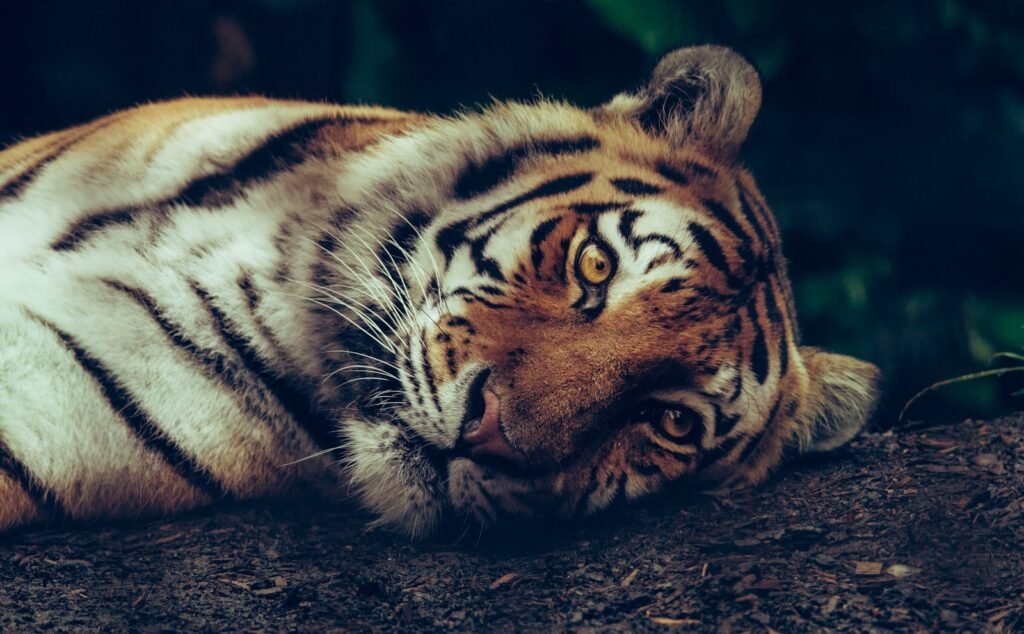
As human populations expand, natural habitats are being destroyed or greatly reduced, pushing big cats into smaller, fragmented areas. This forces them into contact with human settlements where they might prey on livestock, leading to negative encounters.
Prey Depletion
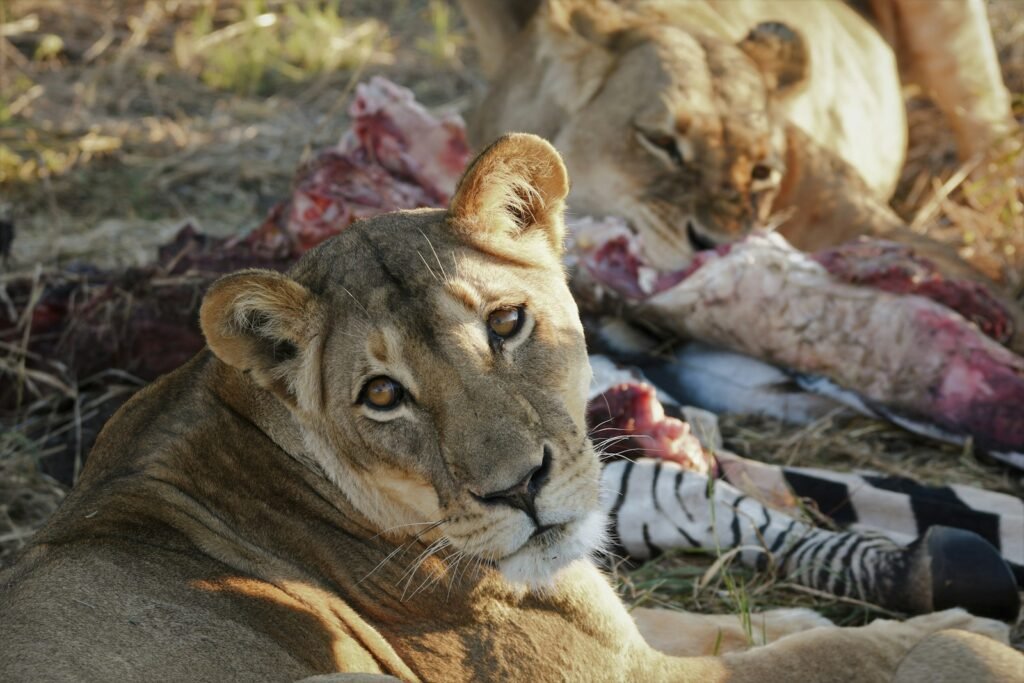
Overhunting and poaching have led to a depletion of prey species for big cats. With their natural food sources diminishing, big cats are compelled to attack domestic animals, instigating retribution from local communities.
The Impact of Retaliation
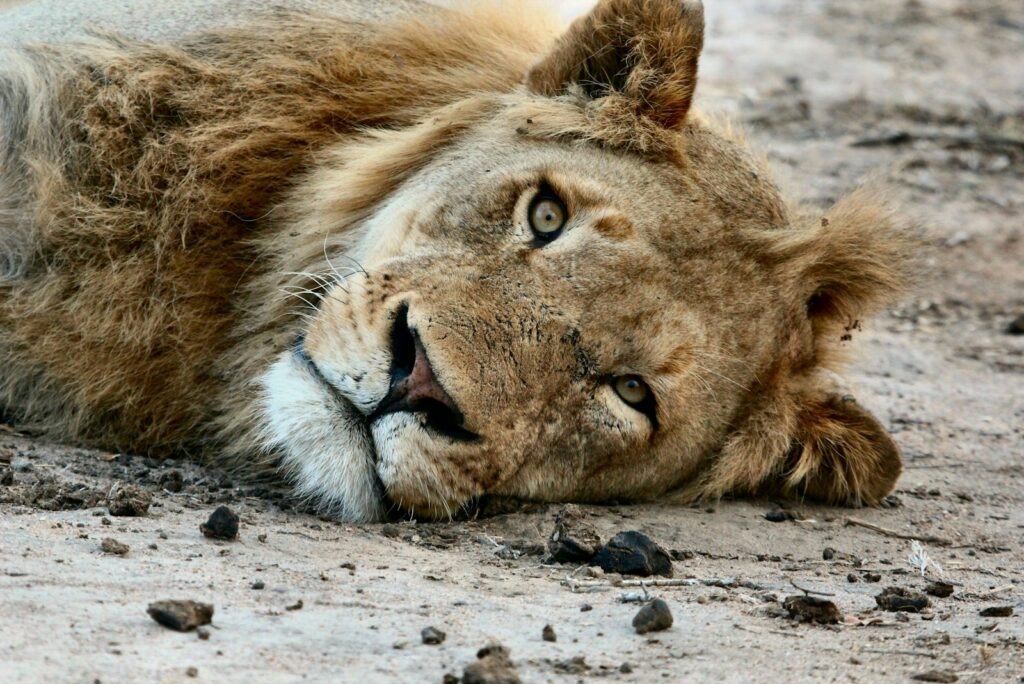
In response to perceived or real threats to their livelihoods, humans often resort to killing big cats. This retaliation can occur through shootings, poisonings, or traps, which drastically reduce big cat populations and disrupt their habitats.
Conservation and Management Strategies
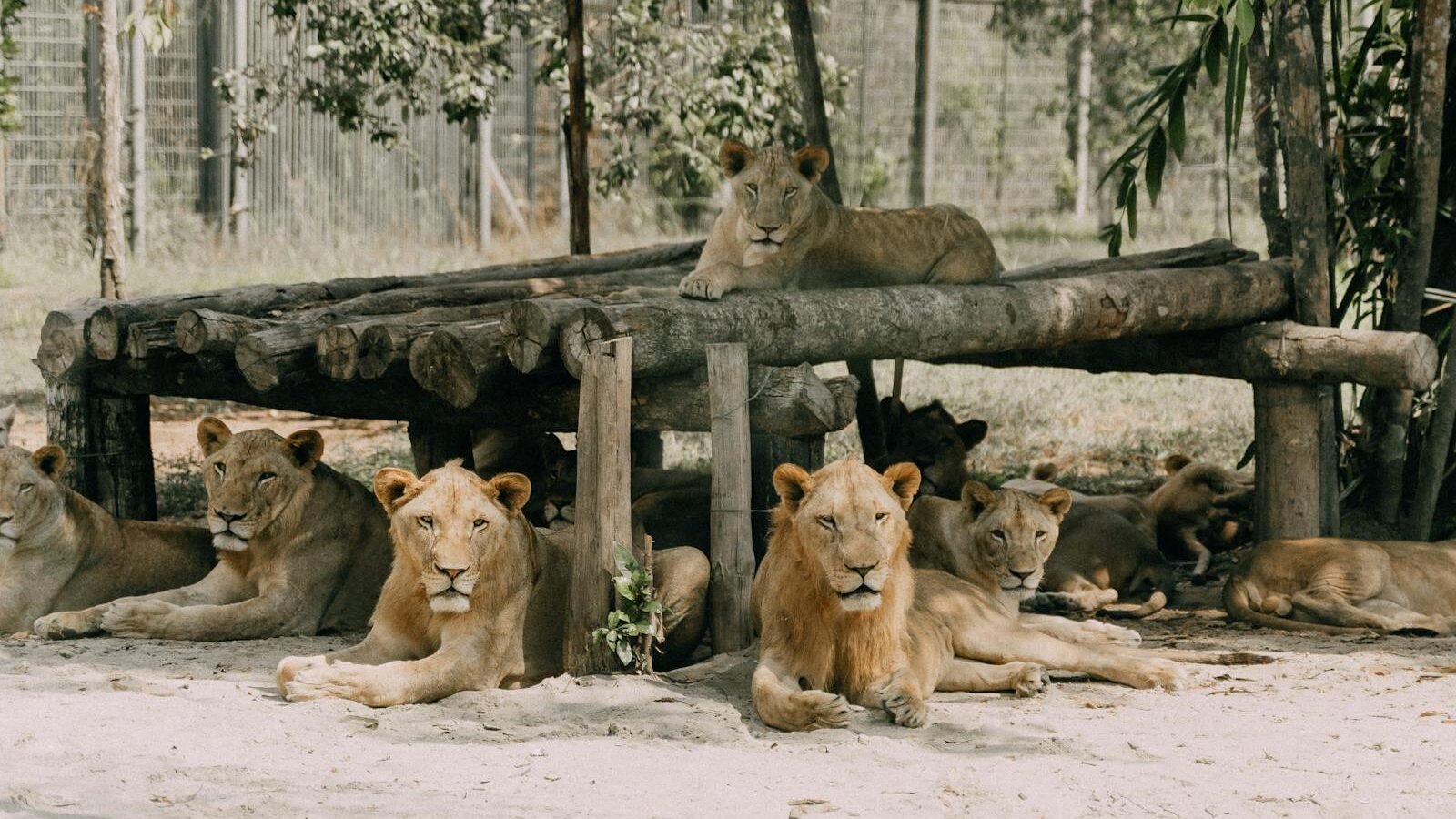
Several conservation strategies are in place to mitigate human-wildlife conflict. These include creating protected areas, implementing community-based conservation programs, and crafting sustainable development policies to ensure coexistence.
Innovative Solutions for Coexistence
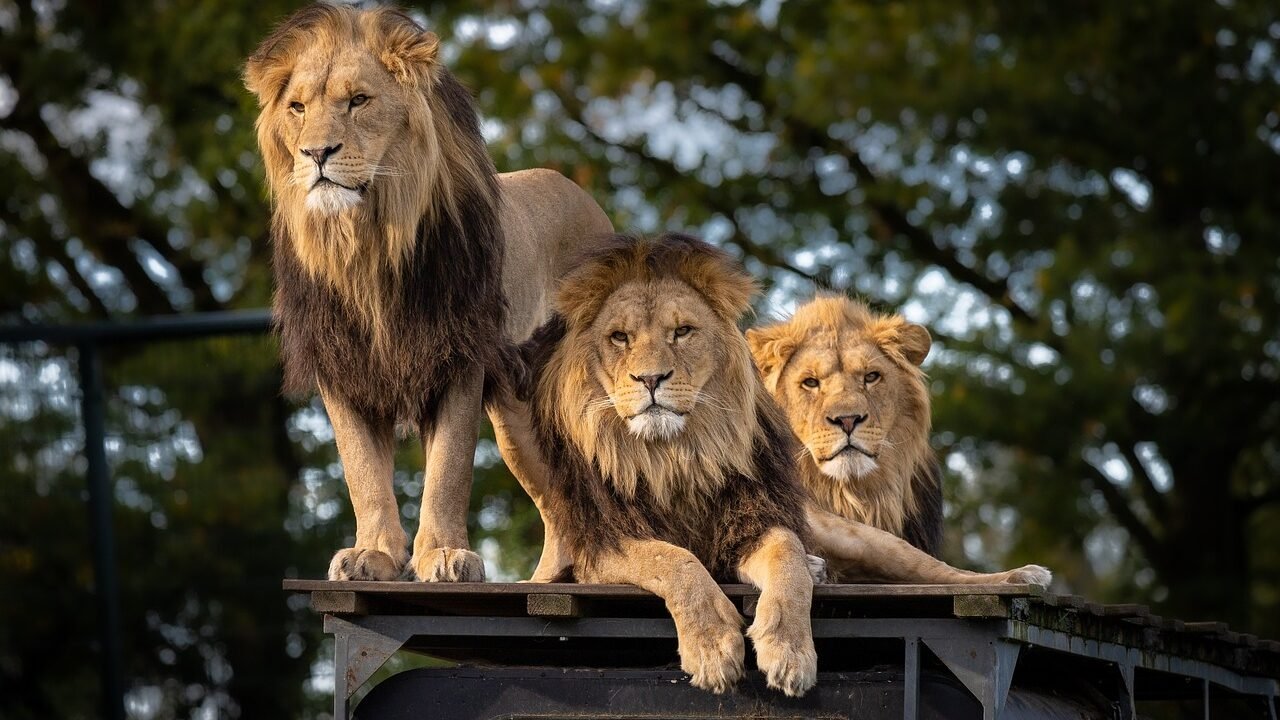
Technology and innovation play a crucial role in promoting coexistence. Initiatives like using GPS collars for tracking big cats, establishing wildlife corridors, and deploying deterrents like lights and alarms are proving effective in reducing conflicts.
Community Involvement and Education
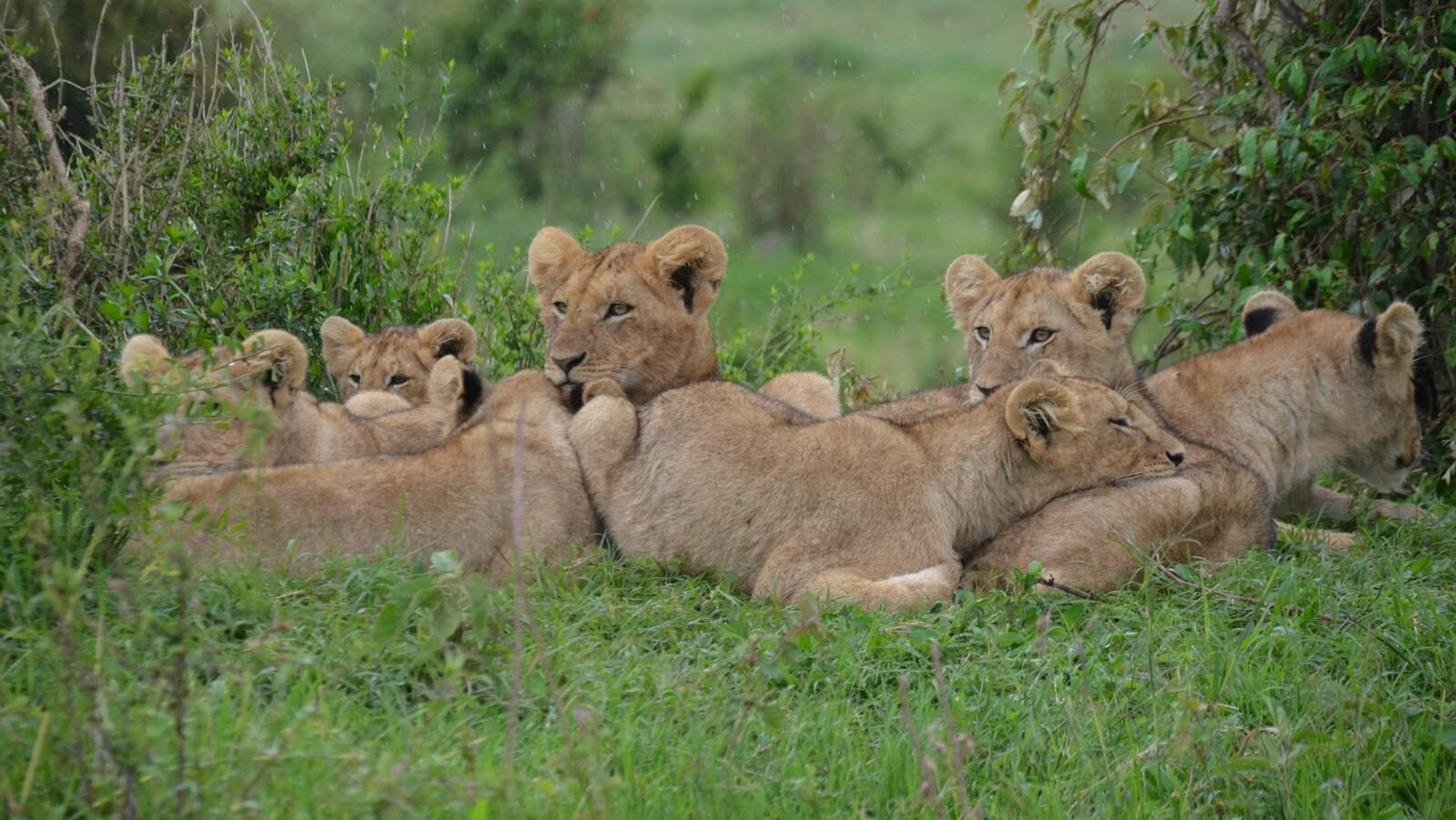
Empowering local communities through education and engagement is essential. By involving them in conservation efforts and demonstrating the ecological and economic benefits of preserving big cat populations, humans and wildlife can coexist more peacefully.
The Role of International Support

International organizations and governments around the world provide crucial support by funding conservation projects, facilitating research, and enforcing anti-poaching laws. Collaborative global efforts are vital for the future of big cats.
Conclusion: A Call for Action
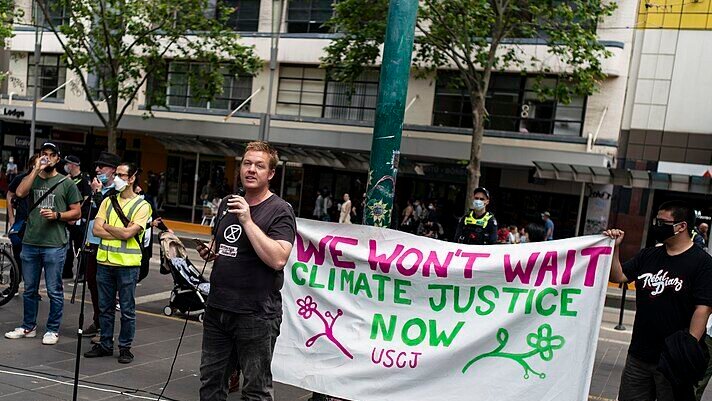
Human-wildlife conflict presents a significant threat to big cats, but it is not insurmountable. Through dedicated conservation efforts, innovative solutions, and international cooperation, humans and big cats can share the planet harmoniously. The survival of these magnificent animals depends on our collective action to ensure both their protection and the well-being of human communities.

With over a decade of experience as a dedicated cat lover and enthusiast, I specialize in writing captivating content about all things feline. My expertise shines through in creating engaging and informative pieces that resonate with fellow cat lovers. As a proud cat parent to my beloved Duston, my personal connection to the world of cats adds authenticity and warmth to my work, making it relatable and heartfelt.






